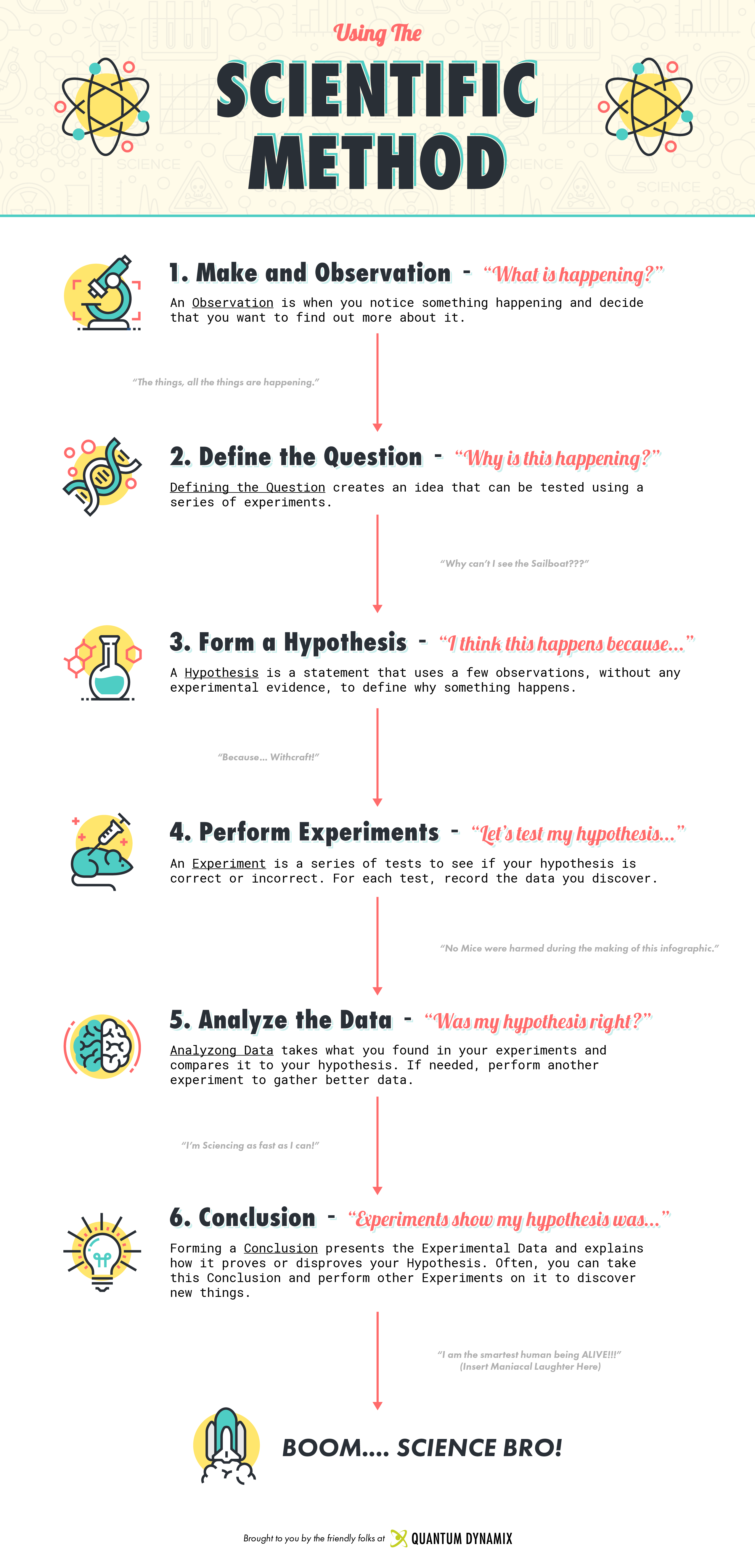How to Increase Revenue with Solutions-Based Marketing [Presentation & Infographic]
| October 5, 2017 | Posted in Marketing
The scientific method applies to more than just the scientific field. It can be applied, quite effectively, to the marketing field as well. Solution based marketing allows marketers to rely on analytics rather than assumptions or industry trends. Discover how this results-driven strategy could revolutionize the game.
“Fix Problems, Not Symptoms: Solutions-Based Marketing for Increased Revenue”
-Presentation by Eric Kazda & Lucas Stacey
[Best_Wordpress_Gallery id=”2″ gal_title=”LanCo Session”]
Solutions-based marketing definition
It’s a scientific approach to marketing that utilizes the proven scientific method to maximize the efficiency of your marketing decisions over time. Past assumptions are validated or disproved and are used as data points to continually improve future efforts in a manner that is based in analytics, not assumptions.
Utilizing the scientific method in this way liberates you from industry trends, and insures the proper allocation of your budget by investing in future marketing decisions that are based on facts specific to your business, clients, and prospects.
Scientific method overview
It’s probably been awhile since your high school science class taught you about the scientific method. Here’s a refresher.

To recap, the method follows this pattern:
- You formulate a question.
- You gather information related to that question.
- You create a hypothesis.
- You create predictions based on that hypothesis.
- You test the hypothesis.
- You analyze your test results.
- You draw conclusions from those results.
- You retest if necessary.
- Wash, rinse, repeat!
Applying the scientific method to real-world marketing problems

Problem
A client’s website visitors weren’t clicking on the CTA at the end of their blog posts.
Question
Make sure you don’t make assumptions and ask the right question for the problem at-hand. The question should be as close to the top of the sales funnel as possible.
Example:
Why aren’t people clicking on the offer?

Information gathering
Now’s the time to make educated decisions – not guesses. Upon evaluation of this client’s website analytics, we found that they were only receiving 500 monthly visits to their blog pages per month. This is pretty low traffic by most standards. Because of this information, we realized our initial question was wrong.
Further information showed that the bounce rate on the pages wasn’t terrible either. An analysis via Hotjar also showed that a fair number of visitors were making it to the CTA at the bottom of the page.
Based on above analytics, here’s the revised question:
Why aren’t people coming to my blog?

Because we took the time to clarify the question, we identified the correct problem, lack of website traffic, not the assumed problem.
Hypothesis
A hypothesis is a proposed explanation made on the basis of limited evidence as a starting point for further investigation. It will have a single focus and will keep influences minimal. If you make a hypothesis too broad, you’ll never know which factors actually worked. It should be testable and falsifiable. Simplicity is key.
Proposed hypothesis:
More traffic = more conversions

Predictions
Now that we have a hypothesis, we’ll make a list of predictions. We’ll base our predictions on the prior information to see how a change we make affects our end results.
1) If we run an Adwords PPC campaign, we will increase traffic to the blog by 100%, which will increase the total number of conversions by 10%.
2) If we improve blog page speed by 50% we will rank higher in Google, which will drive more traffic to the site.
Testing
Use the 80/20 rule to decide which predictions to test. More often than not, 20% of the tasks on your list will have 80% of the impact. Pick the prediction that could have the highest impact on your hypothesis. Once chosen, assign a testing timeframe and move the tests into production. Make sure you establish a timetable – for example, one month.
Analysis
Once the month has passed, it’s time to analyze the data. The data shows that a PPC campaign drove an additional 1,000 visitors to the blog. That’s 200% growth – well beyond the 100% prediction. Also, the page speed improvements moved the blog up a few places in the Google rankings. However, even with twice the predicted traffic, we only increased conversions by 4%. This is less than half of the predicted 10%. What went wrong?
Draw conclusions
The page traffic increased, but visitors weren’t clicking on the button. We isolated an important factor affecting conversion (traffic), but still weren’t achieving the desired results. The conclusion takes us back to the original question. We solved the underlying traffic issue. Now we can go back and ask again – Why aren’t people clicking on the offer?
Retest
We’re comfortable saying that page traffic is no longer a debilitating factor affecting conversion, and we now have a healthy sample size to evaluate performance. It’s time to set up another test with the new question. You can retest as often as necessary to reach your desired outcome.
Popular marketing pain points

We’ve put together some of the most common pain points we hear from marketing departments and the possible questions, predictions, and tests you can draw from those pain points.
- I’m not getting the leads we need from our expensive website.
Possible questions
- Why aren’t people clicking our calls-to-action (CTAs)?
- Are people taking the journey through our site the way we intended?
- Is the website content being promoted?
- Are we getting the right traffic?
Predictions
- More visual CTAs will produce more leads
- A clearer visitor journey will produce more leads
- More defined language and visuals will produce more leads
Tests
- A/B test CTA designs to see which perform better
- Redefine the visitor journey map to eliminate friction
- Rewrite content to speak to the correct audience
- Nobody finds us online. At this point our site is just for companies vetting us.
Possible questions
- Why isn’t our site showing up on Google?
- Why don’t people know who we are?
- Why aren’t our marketing efforts generating traffic?
Predictions
- Google Adwords will drive more traffic to the website
- Reviews will help us rank higher
- More interaction on social media will improve our profile
Tests
- Increase social media posts to 30 per week
- Capture your location on Google Places
- Run customer campaign requesting online reviews
- Redevelop your page SERPs for all high-profile content
- Develop a high-level content piece that answers your perfect customer’s most burning question
To review

If you apply the scientific method to solve your marketing dilemmas, you’re using solutions-based marketing. We highly recommend this method for anyone who desires analytics – not assumptions.
Benefits of solutions-based marketing:
1) You’ll maximize the efficiency of your marketing decisions over time.
2) Your past assumptions are used as data points to continually improve future efforts.
3) It is based on analytics – not assumptions.
4) It liberates you from relying on industry trends instead of proven data.
5) You can invest your marketing budget towards decisions that are based on facts specific to your business, clients, and prospects.
Curious about how solutions-based marketing could be applied to your business?

Get a FREE consultation with our team of experts. We can help identify your unique challenges, and how you could use solutions-based marketing to overcome those challenges. Let’s talk!
